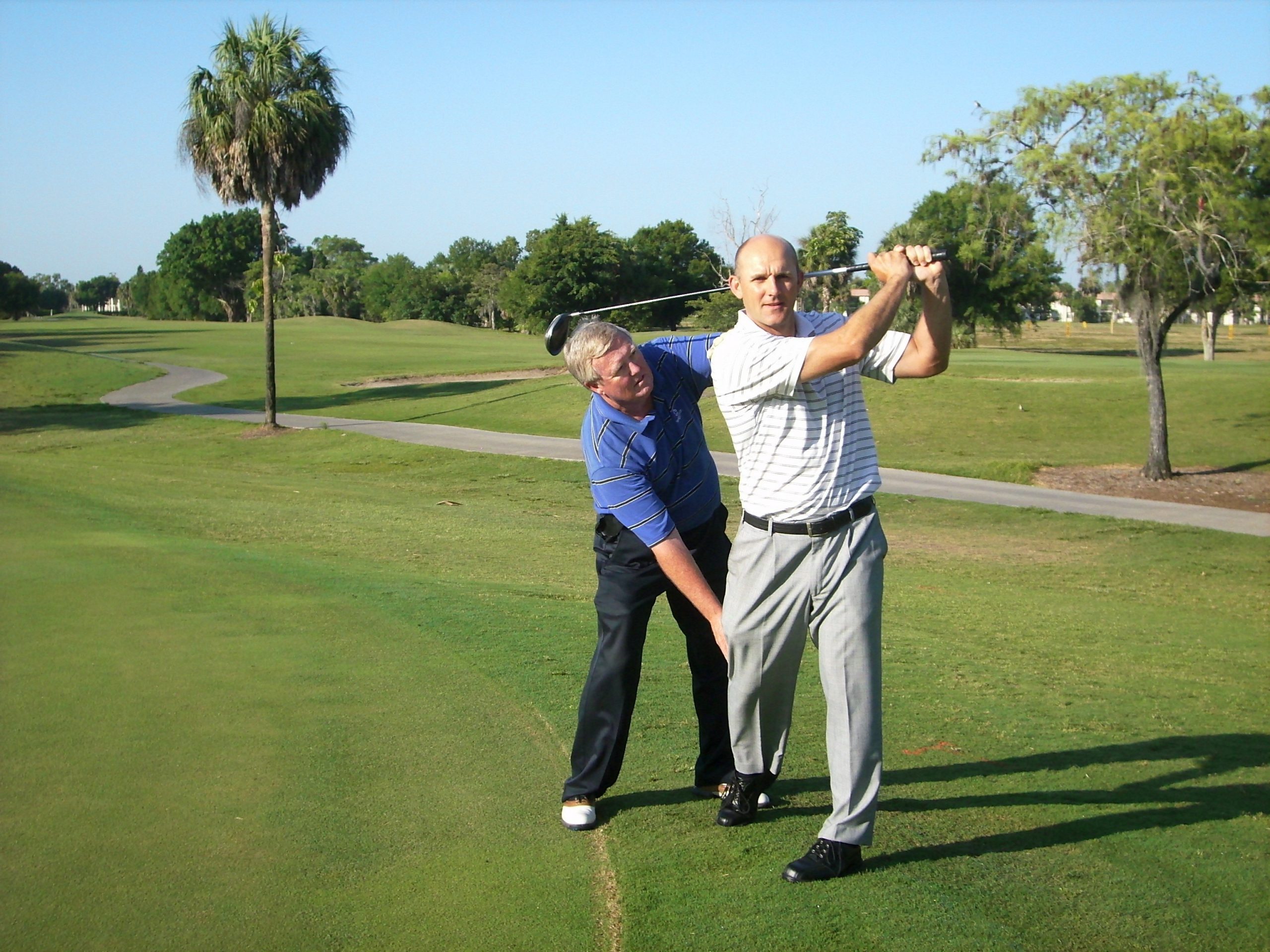By Mark Harman USGTF Master Golf Teaching Professional
In our scientific age where we can measure to the tenth of a degree a golfer’s swing path and clubface angle, it can be addicting to try to reach perfection or near-perfection in results or technique. When you hear gurus on TV break down a top professional’s swing, they often point to most minute details to explain why said golfer is either succeeding or failing.
This attention to detail, while on the surface plausible, can actually be detrimental to a golfer, regardless of skill level. One of the truisms of a golf swing is that it is more important to have a repeating swing than a perfect swing. And some of the repeating swings that our students make can often be quite bewildering, but they indeed repeat.
Perhaps the most unconventional swing I’ve ever seen from a low-handicapper went like this: The golfer shoved the club dramatically away from him, perpendicular to the target line. He then somehow got to the top of his backswing, and coming down after impact, he chicken-winged the club so badly that the butt end of the grip hit him in the stomach. When I first saw this, I thought he was making a joke swing, but he was not.
It takes some skill and experience to recognize when a move is repeatable and when it’s not. When there is a question, always refer back to the five ball flight laws of clubhead path, clubface angle, angle of attack, squareness of the strike and clubhead speed. If a quirky move doesn’t affect the consistency of one of these factors, then it’s a repeatable move. As the old saying goes, if it ain’t broke, don’t fix it.
Copyright © 2023 United States Golf Teachers Federation, All Rights Reserved
200 S. Indian River Drive, Suite #206, Fort Pierce, FL 34950
772-88-USGTF or 772-595-6490 - www.usgtf.com
200 S. Indian River Drive, Suite #206, Fort Pierce, FL 34950
772-88-USGTF or 772-595-6490 - www.usgtf.com

